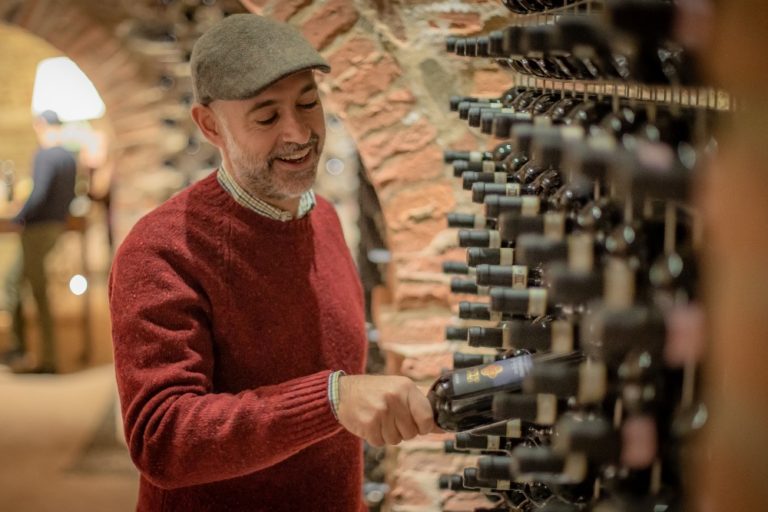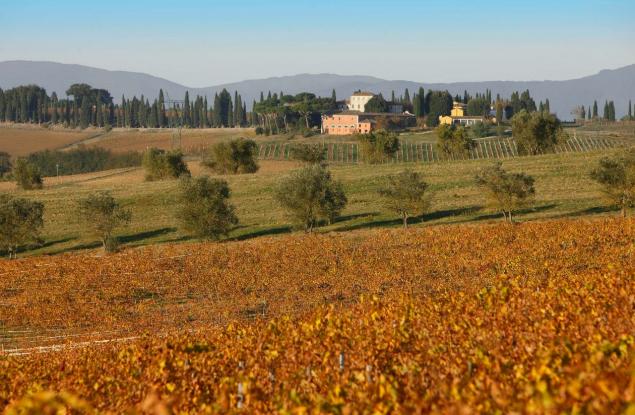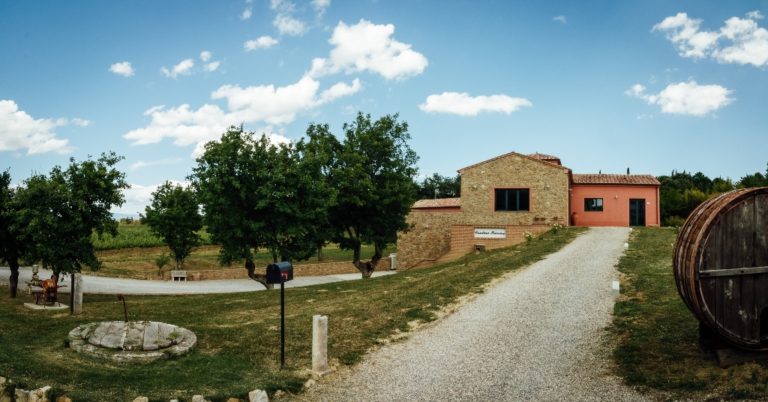Winery of the Month: Fanetti
When I begin my tour at Cantina Fanetti, located next to the St. Agnes sanctuary, the first think that struck me were the labels on their bottles of Vino Nobile: they look antique, with their yellow background and their italic lettering. It was immediately clear to me that the people at Cantina Fanetti are particularly proud of its history and tradition. This impression was confirmed as soon as I spoke with the owner, Elisabetta Fanetti, who welcomed me in their shop in Viale Calamandrei.
Elisabetta told me that her grandfather, Adamo Fanetti, was the first to revive the ancient technique to produce Vino Nobile di Montepulciano, which was particularly appreciated during the classical and medieval ages, but was abandoned during the last few centuries. In 1921, Adamo began to produce Vino Nobile, spreading its name in Italy and abroad, showcasing it in festivals and winning numerous international awards.
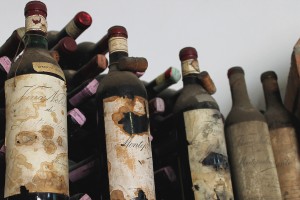 A deep sense of pride and attachment to the family tradition is very present also in the ancient labels of the bottles in display, which give to the cellar a charming touch. Elisabetta told me about the way her grandfather managed to buy new plots of land at the beginning of the 20th century to produce and sell Vino Nobile, and how he then left the business to her father.
A deep sense of pride and attachment to the family tradition is very present also in the ancient labels of the bottles in display, which give to the cellar a charming touch. Elisabetta told me about the way her grandfather managed to buy new plots of land at the beginning of the 20th century to produce and sell Vino Nobile, and how he then left the business to her father.
Fifteen years ago, the company passed to Elisabetta, whom, together with her daughter, left the sales management activity to take better care of the agricultural side of her business, and also of their agritourism and its guests.
The Cantina Fanetti, next to St. Agnes at the entrance of Montepulciano, hails from the 14th century. The tunnels are ancient and they twist and turn underneath the building and the main street. That’s where the aging process and the bottling of the wine happen. The label is carefully glued to each bottle by hand.
There’s also another cellar, way more ancient, which dates back to the pliocene epoch: back then everything was underwater, the entire territory was submerged by the sea. Inside this cellar, excavated in tuff, it’s even possible to spot fossils on the ceiling, mostly shells and fish eggs. The cellar has been also used as a shelter during war time, before being fixed in the 80’s. It isn’t used for wine-making, but it’s the most ancient testimony of the lands the Vino Nobile originated from.
Cantina Fanetti produces, besides the Vino Nobile, also Riserva, Rosso di Montepulciano, cask wine, vinsanto and Nobile marc grappa. There’s also the handmade olive oil, EVO and DOP.
The company owns 112 hectares: 12 are dedicated to olive trees and 20 to vineyards. The vineyards are located right in the middle of the Nobile zone, 3km from the historical center of Montepulciano. The oldest one dates back to 1964, while the youngest was planted in 2000. About this, Elisabetta said:
“Even if it’s more expensive because of the manpower and additional work it requires, the best Vino Nobile comes from the oldest vines. You can’t use the machines for those, the grape harvest is done by hand. The quality is better: if you want quality wine, you must care about the details.”
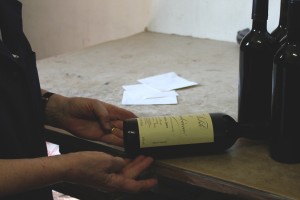 The wine-making happens in the farm, while the aging cellar and the wine shop are in Viale Calamandrei. A second shop is located near St. Agostino. It’s also possible to book tours both in the cellars and in the vineyards. In time, Cantina Fanetti developed good commercial relationships, especially with the US and Japan, which proudly bear the 1921 label to prove the economic and cultural value of the excellence product that is Vino Nobile.
The wine-making happens in the farm, while the aging cellar and the wine shop are in Viale Calamandrei. A second shop is located near St. Agostino. It’s also possible to book tours both in the cellars and in the vineyards. In time, Cantina Fanetti developed good commercial relationships, especially with the US and Japan, which proudly bear the 1921 label to prove the economic and cultural value of the excellence product that is Vino Nobile.
“Many still don’t know how the wine is made, some even ask me if Vino Nobile is a white wine. – Elisabetta said – So it’s very important to open our cellars and let the visitors explore them, let them know their history. And it’s also important to read the labels carefully, because they tell the story of the product and its territory”.
(For tours and informations: Viale Calamandrei 29, Montepulciano – E-mail: agriturismo@tenutasantagnese.com – Tel.: +39 0578 757897)


